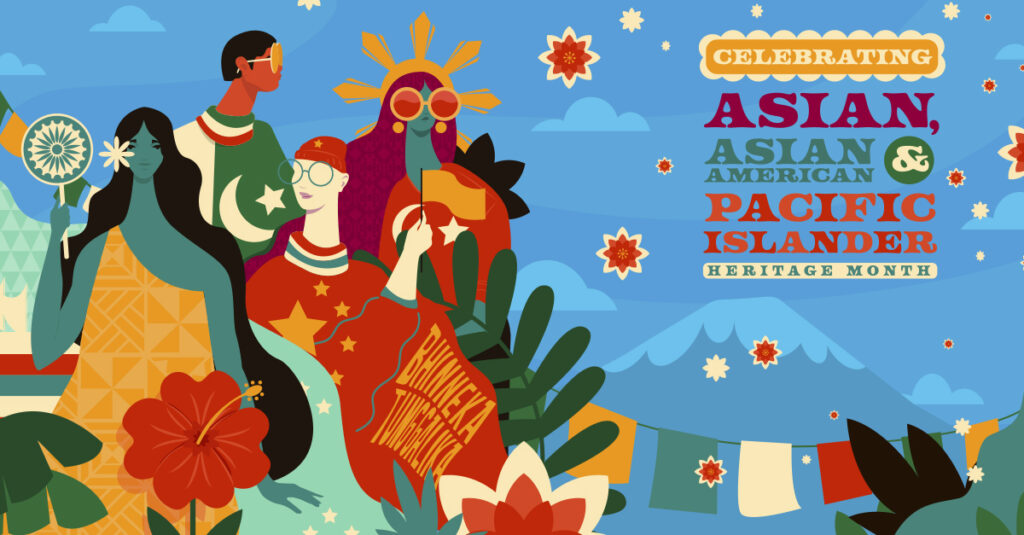
By Amanda Moses
May marks Asian American and Pacific Islander (AAPI) Heritage Month, a commemorative period when we recognize the numerous and influential contributions Asians have made as well as honoring their history, culture, and traditions.
This commemorative period was first proclaimed as a weeklong celebration by Former President Jimmy Carter for Asian American Pacific Islanders beginning on May 4, 1979, and several decades later in 1992, this expanded into a month-long tribute. The month of May was chosen due to its significance when the first Japanese immigrants moved to the United States, May 7, 1843. This month is also the anniversary of the transcontinental railroad’s completion, which was built primarily by Chinese immigrants in 1869.
In honor of this month-long celebration, the Spring Creek Sun is highlighting extraordinary AAPI individuals to showcase the trailblazers who’ve broken through many racial barriers and paved the way for a more inclusive future.

Jōkichi Takamine (1854-1922) was a Japanese American biochemist who is famously known for being the first to remove a pure hormone and isolate it from its natural source. Takamine isolated epinephrine, which is known as adrenaline from the suprarenal gland. He arrived in the United States in 1890 to take part in finding practical application for distilling enzymes. He moved and established a laboratory in Clifton, New Jersey where he isolated epinephrine. At his laboratory, Takamine also aided in developing aluminum fabrication, electric furnace, and more.

Katherine Sui Fun Cheung (1904-2003) was the first female Asian aviatrix, who received her pilot license in 1932. Cheung immigrated from Canton, China to the American West Coast in 1921 and enrolled in the University of Southern California and then California State Polytechnic University in Pomona. She got married in 1924 and had two daughters. But it wasn’t until 1932 when she signed up to the Chinese Aeronautical Association for lessons and eventually was able to fly solo for the first-time landing in Dycer field. She attended Lincoln Flying School becoming a member of the 1% of females who’ve earned their pilot license. She was even asked to join Amelia Earhart’s Ninety Nines club in 1936.

Ellison Onizuka (1946 to 1986) was the first Japanese American to travel to space. Born in Kealakekua, Kona, Hawaii, Onizuka always dreamt of flying into space. He joined the United States Air Force in 1970 and attended the Air Force Test Pilot School in California in 1974. In 1978, Ellison was one of 35 astronauts chosen for NASA’s Space Shuttle program and boarded the Space Shuttle Discovery. He was again chosen by NASA to take part in the Challenger Flight 51-L with six other crew members; however, a little over a minute after liftoff the spaceship exploded.